And now that students know the role that air and water have in the process of evaporation, they asked some really GOOD questions, too.
How come what happened to these ships doesn't happen to ships everywhere all the time? With some research, students discovered that more of the water must have been removed from where the ships were before it could return. And there you have it...the story of the ships in the Aral Sea.
They concluded the unit using Google Drawing to create a comic explaining why the ships ended up in a field! Check out these four!
How come what happened to these ships doesn't happen to ships everywhere all the time? With some research, students discovered that more of the water must have been removed from where the ships were before it could return. And there you have it...the story of the ships in the Aral Sea.
They concluded the unit using Google Drawing to create a comic explaining why the ships ended up in a field! Check out these four!
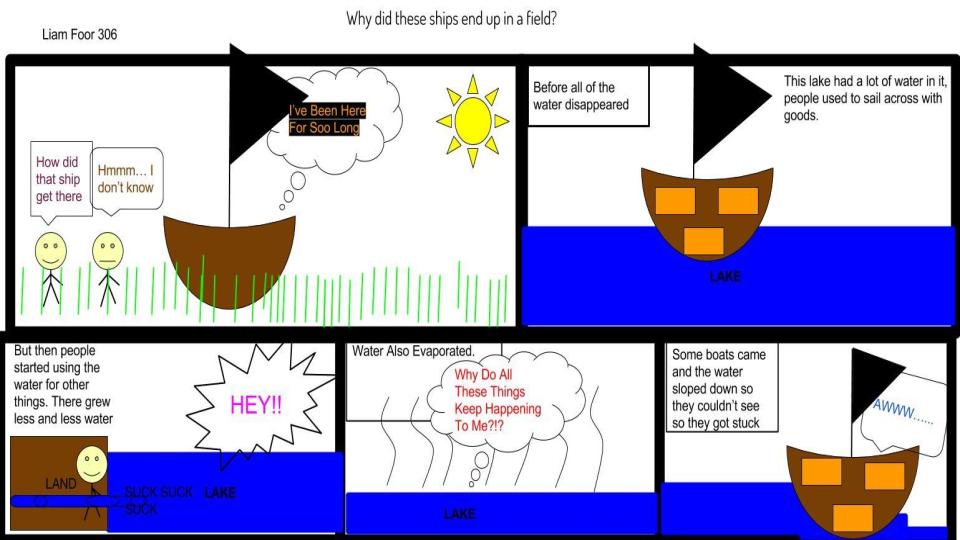
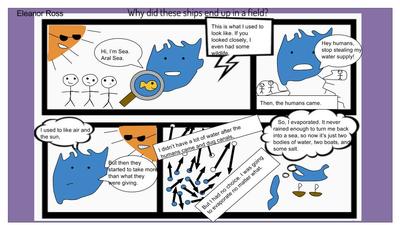
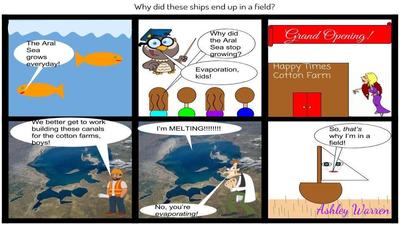
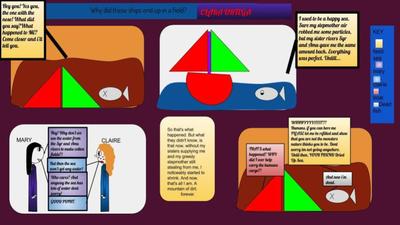
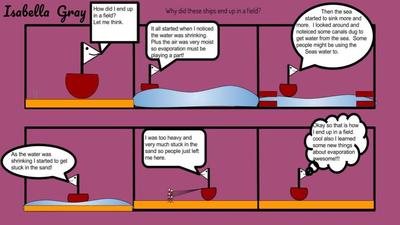
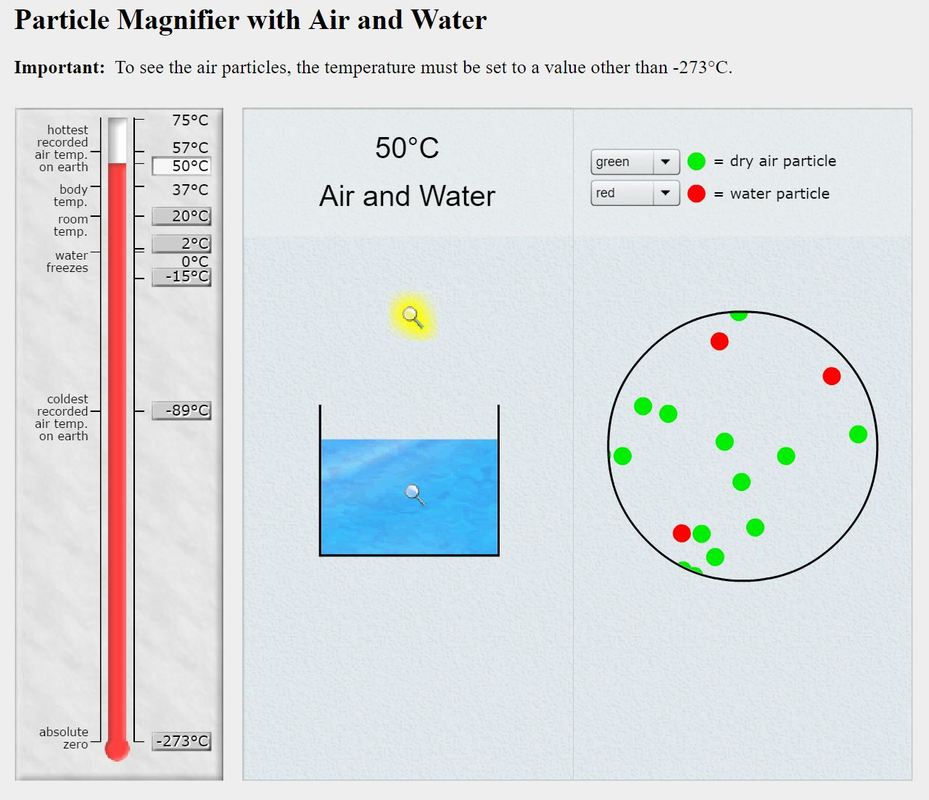
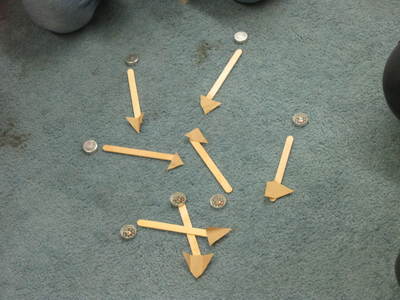
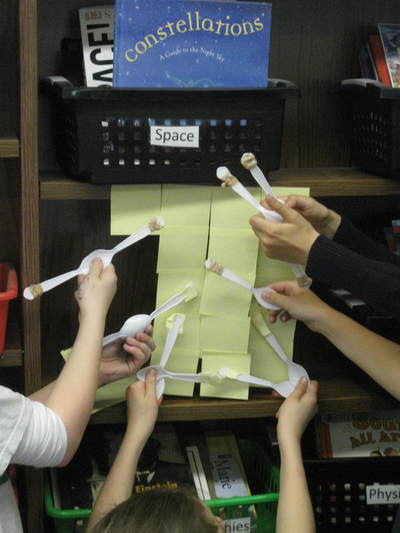
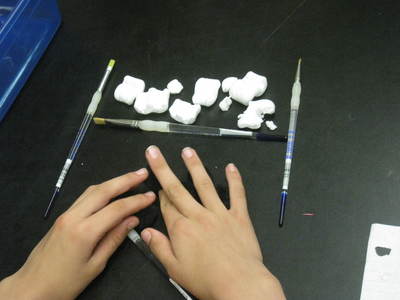
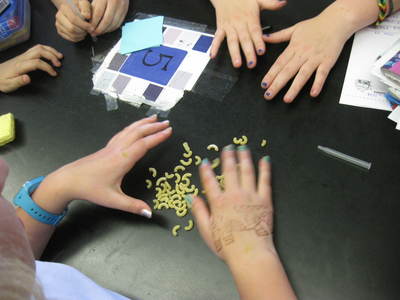
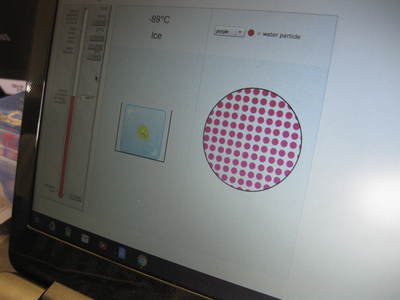
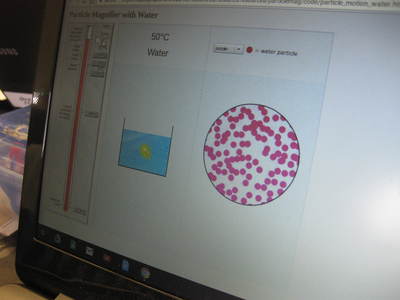
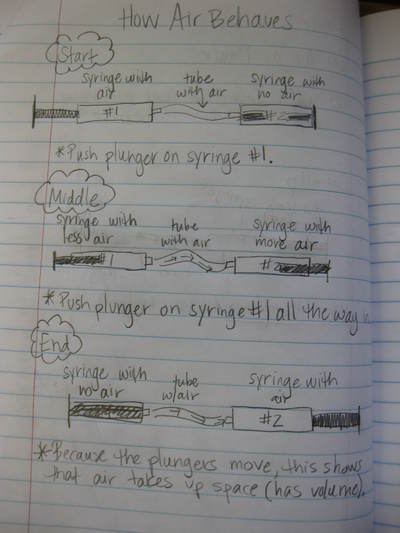
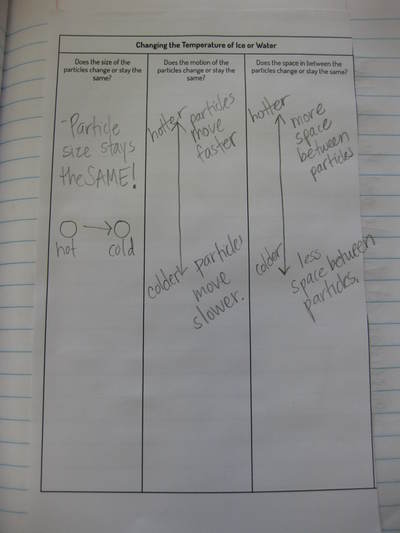
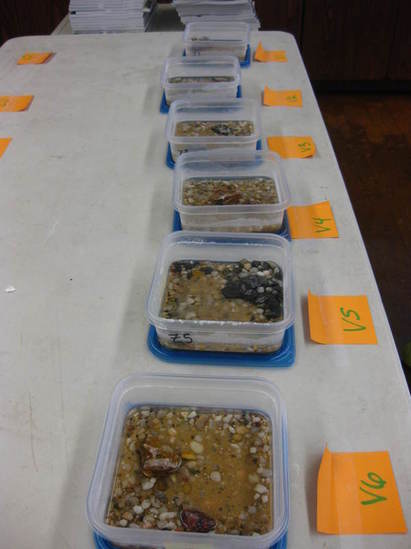
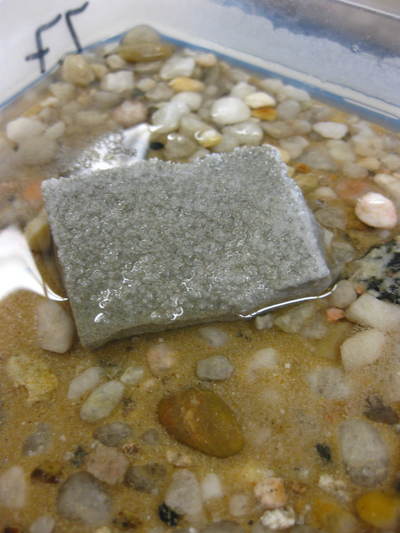
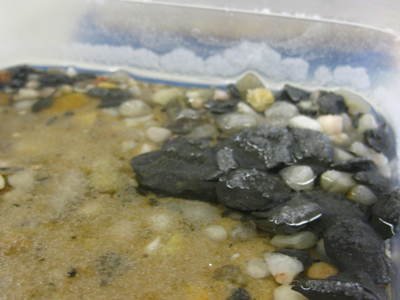
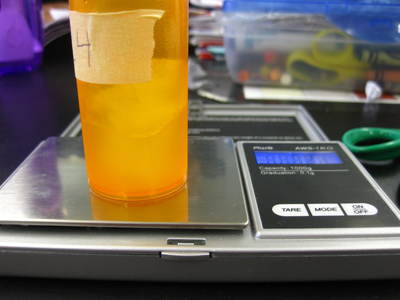
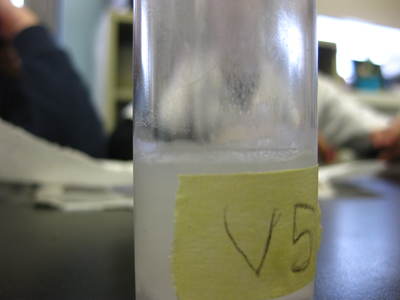
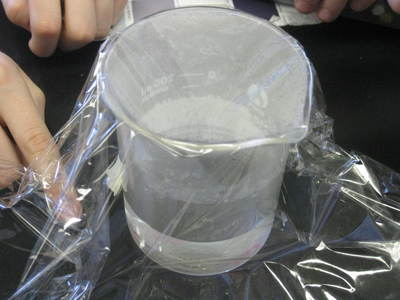
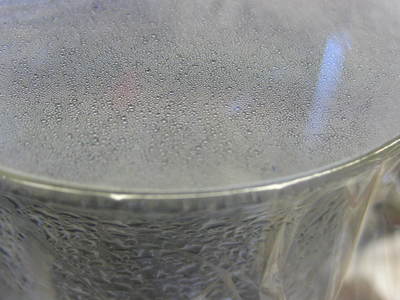
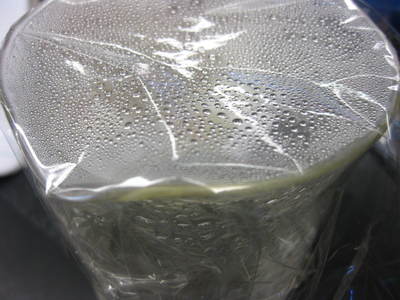
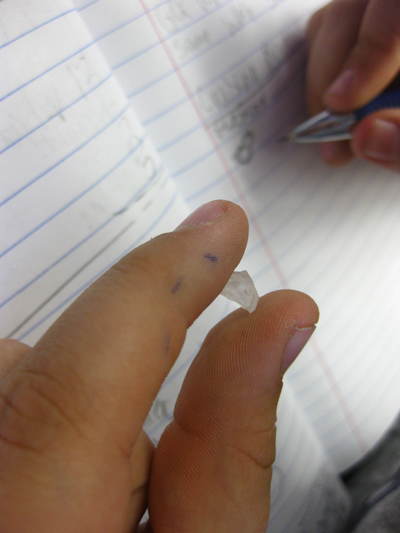
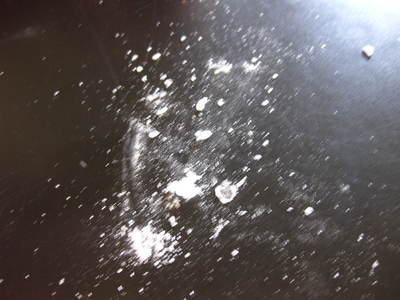
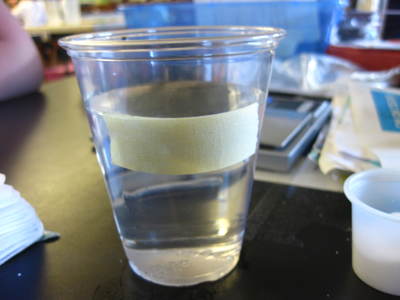
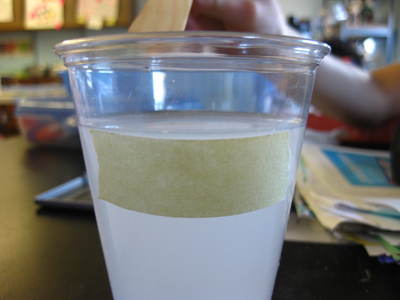
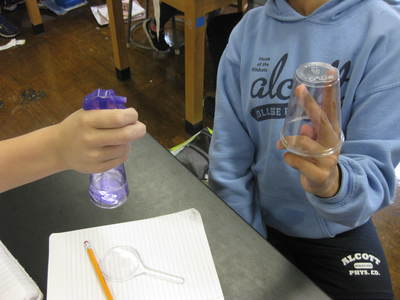
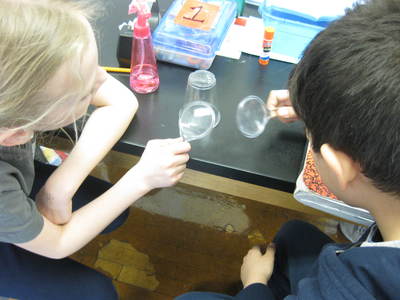
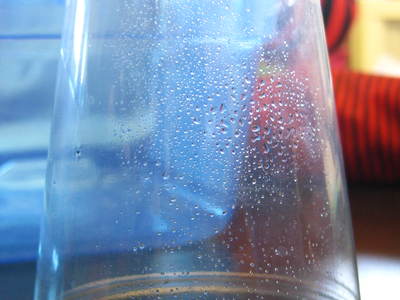
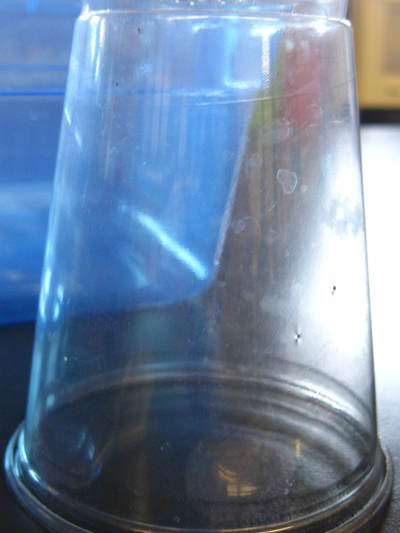
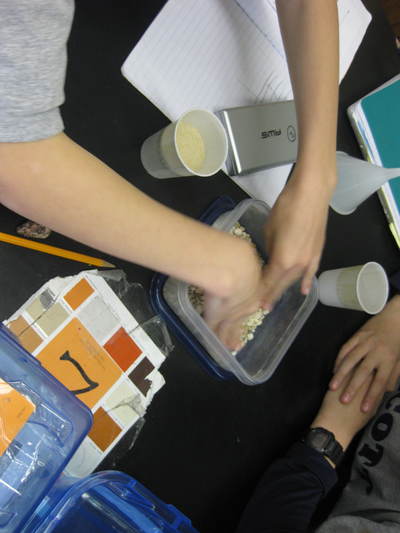
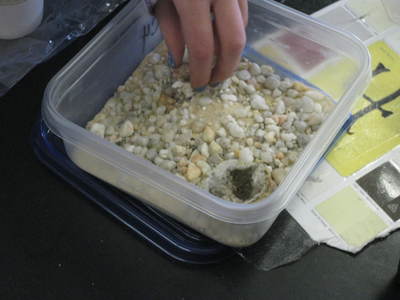
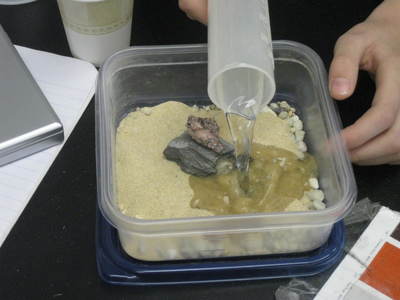
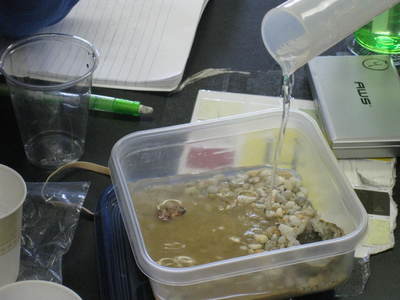
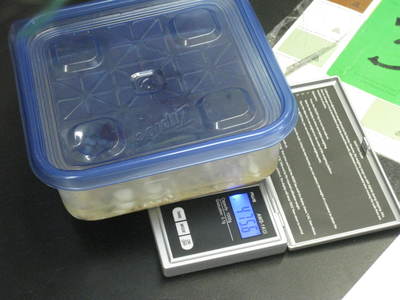
 RSS Feed
RSS Feed